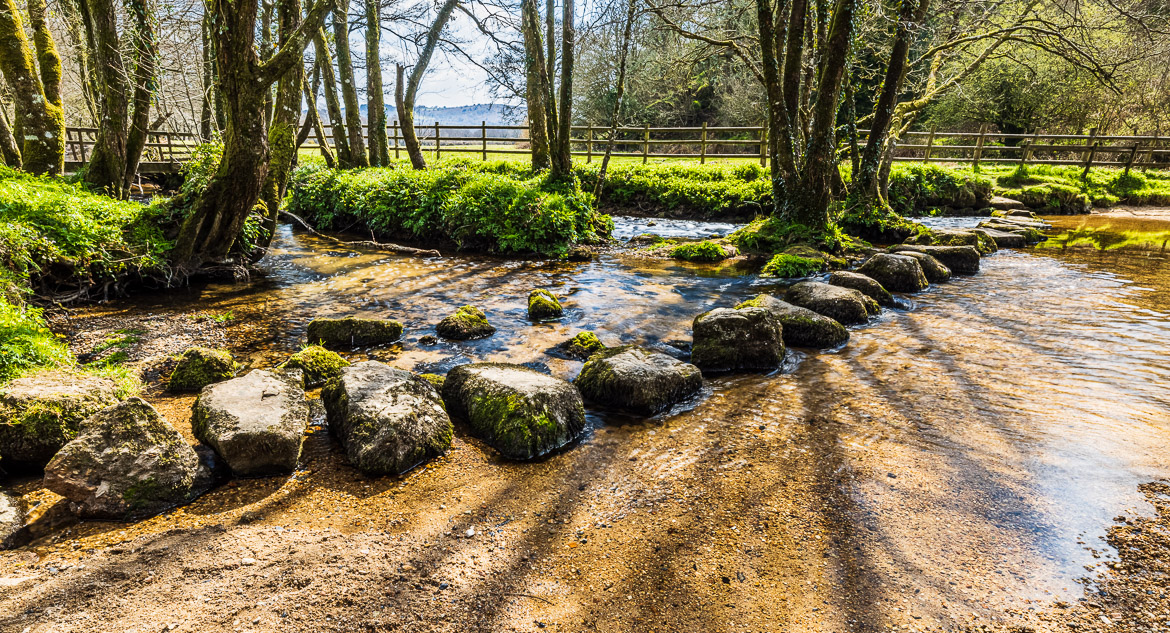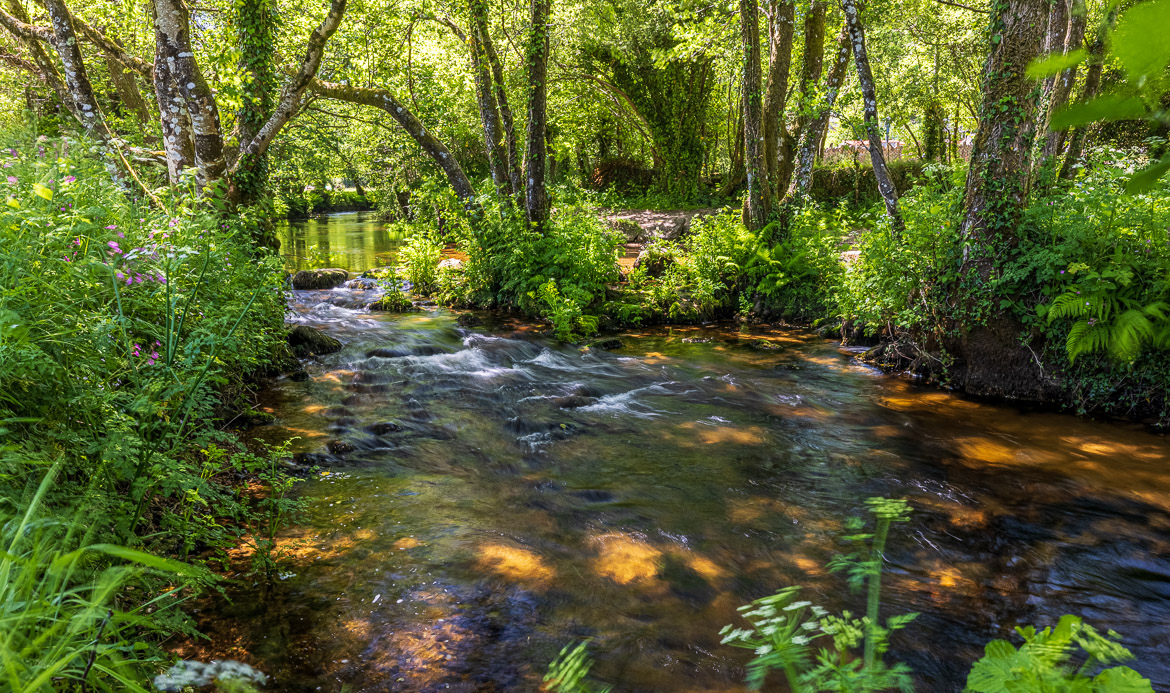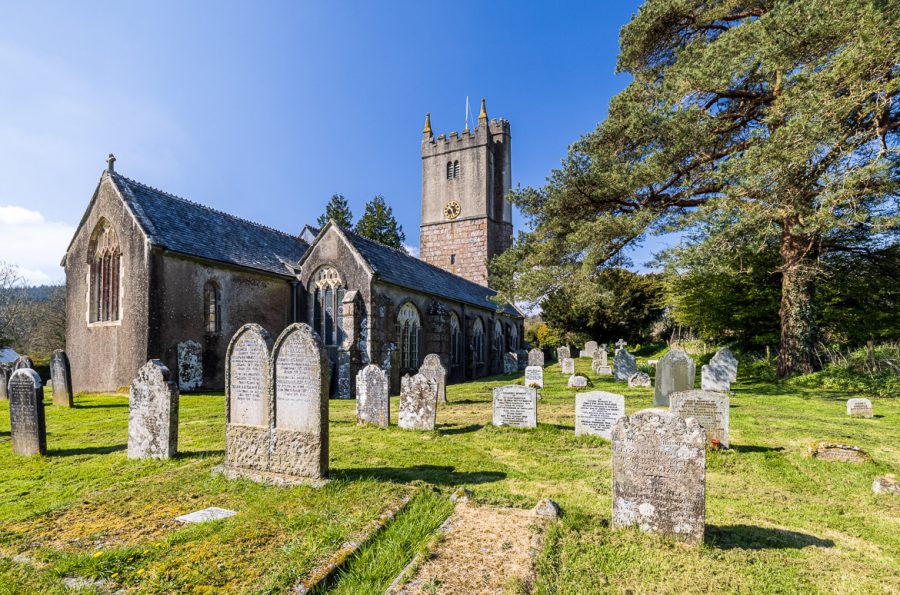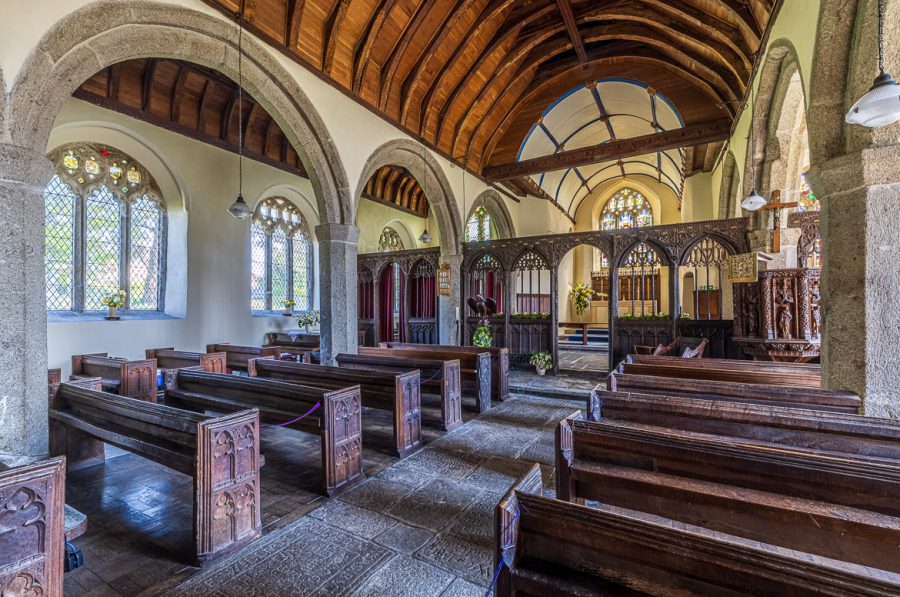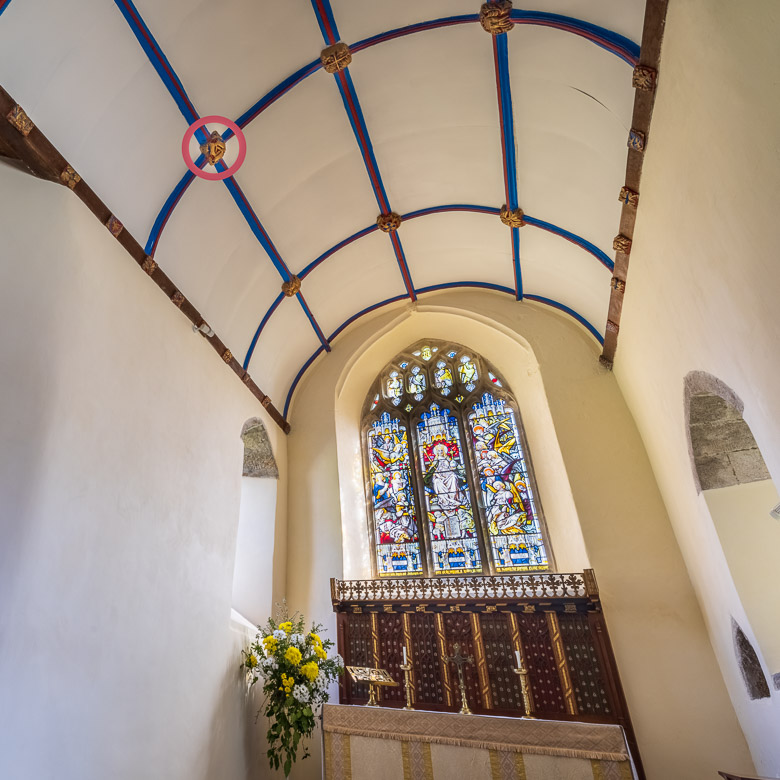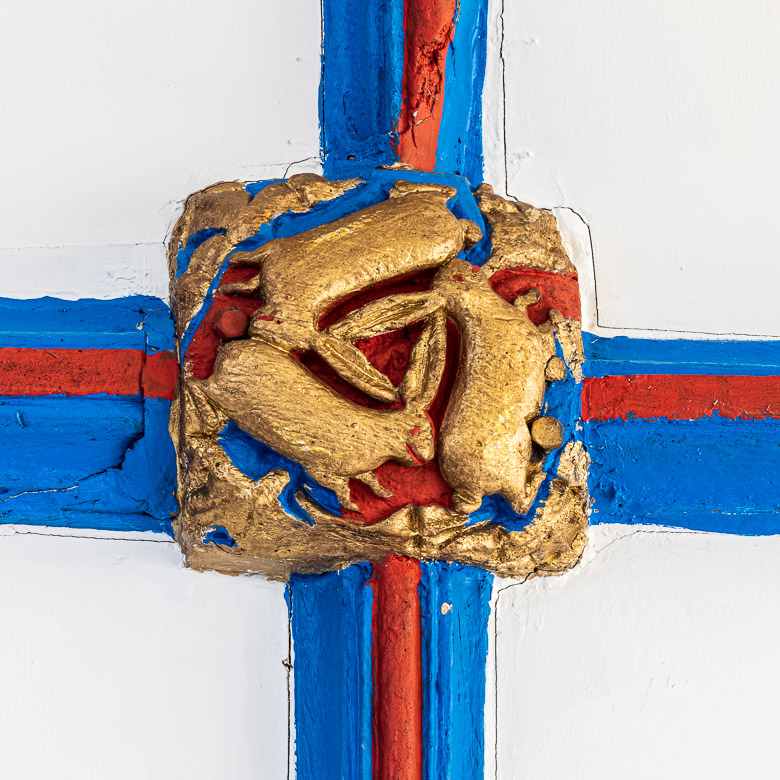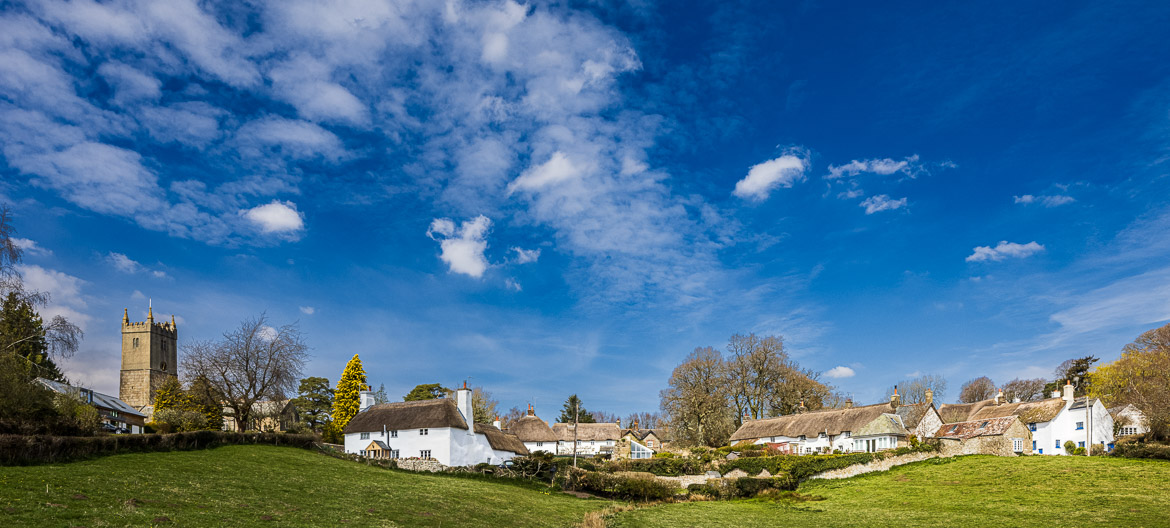
North Bovey is a village on the eastern side of Dartmoor. It has a population of only a little more than 200 people but is very appreciated by holidaymakers and ramblers. It is situated on the eastern side of the River Bovey. The village is a conservation area, an area of special architectural or historic interest. The parish is rich in Bronze Age remains and Grimspound, the most important of the Bronze Age settlements on Dartmoor, is at the boundary of the North Bovey Parish.
In Edward the Confessor’s reign (1042 to 1066) there were two manors at ‘Bovi’, which were held by Joannes. But the first record confirming the existence of North Bovey comes from the list of known Rectors from 1279. The original church from that time survives today as the chancel, but most of the present church, dedicated to St John the Baptist, dates from the 15th century. At that time the settlement, as it is seen today, began to take form with many of the present houses being erected, although they have changed over time.
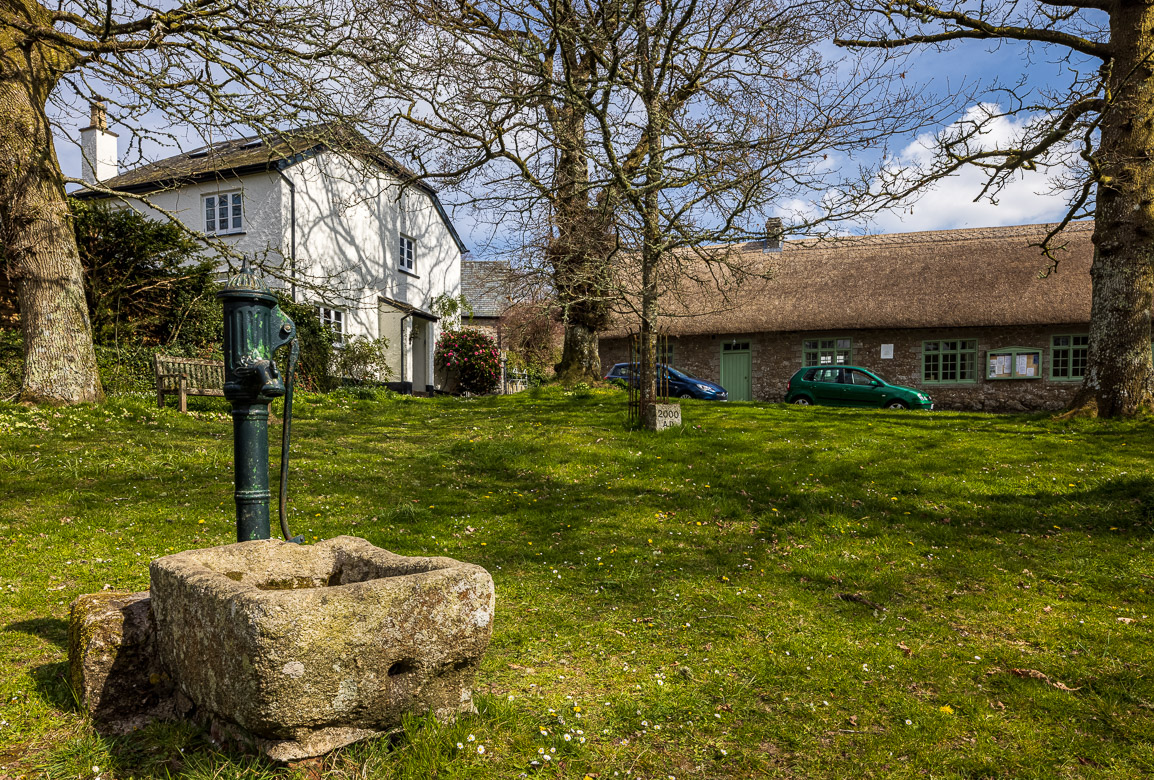
The Village Green is the centre of activities. It is surrounded by farm houses and cottages. The village continued to grow throughout the 18th century and in 1850 it had around 600 inhabitants. But that was the peak, and since that time it has shrunk to a third of its population at that time. In 1890 WH Smith (of the chain of bookstores fame) acquired North Bovey from the Earl of Devon. That heralded a period of development in North Bovey, especially by his son Frederick, who also built Bovey Castle nearby, now a Manor House hotel with its own golf course. Frederick died in 1928, and due to the death duties the estate has to be sold at that time. Many of the cottages were then bought by those living in them.
On the village green itself you can find an ancient stone cross. It was thrown down during the Civil War and was found again in a local stream and retrieved in 1829. However the cross looks older than its base, so it is now believed that it was actually another cross that was found and replaced the original. I have tried to photograph it, but one of the nuisances of modern life is that there are always cars parked around the green, spoiling a nice view of the cross. I have tried anyway, as you can see in the photo below.
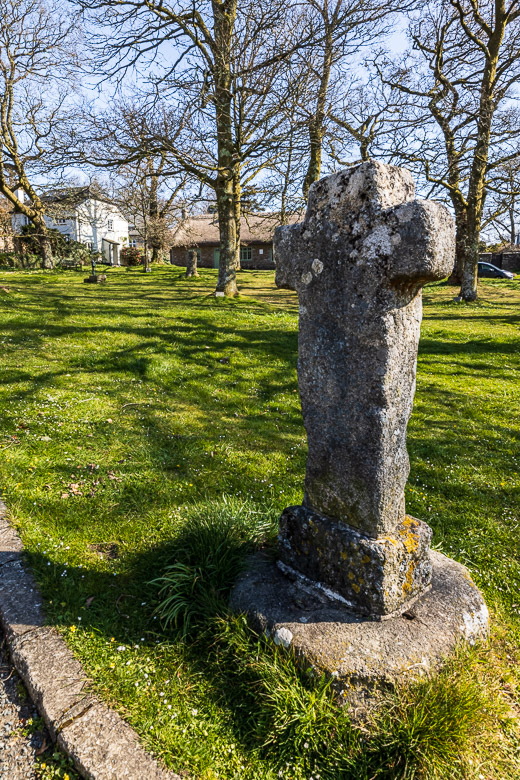
To the western side of the green is the Church of St John the Baptist, dating mainly from the 15th century. The entrance from the Green was originally the only way to come down to Bovey River and to cross it, before the other lanes were built, so people would walk across the churchyard to come down to the river.
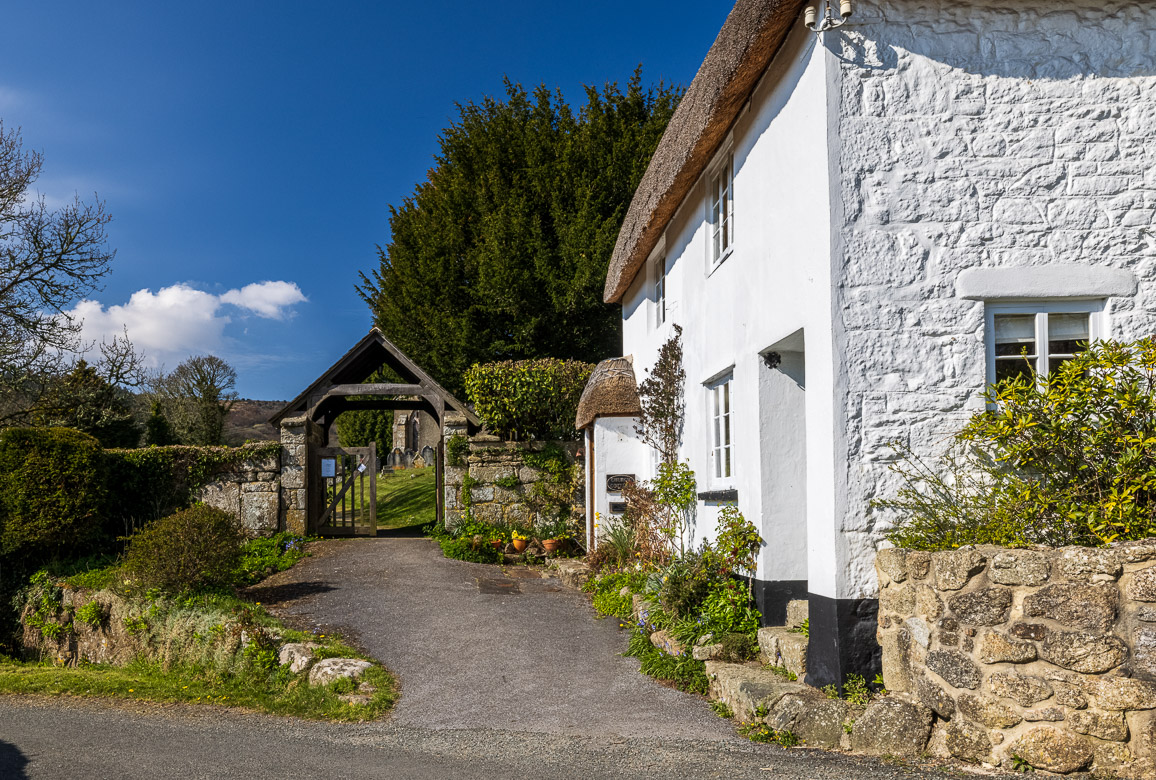
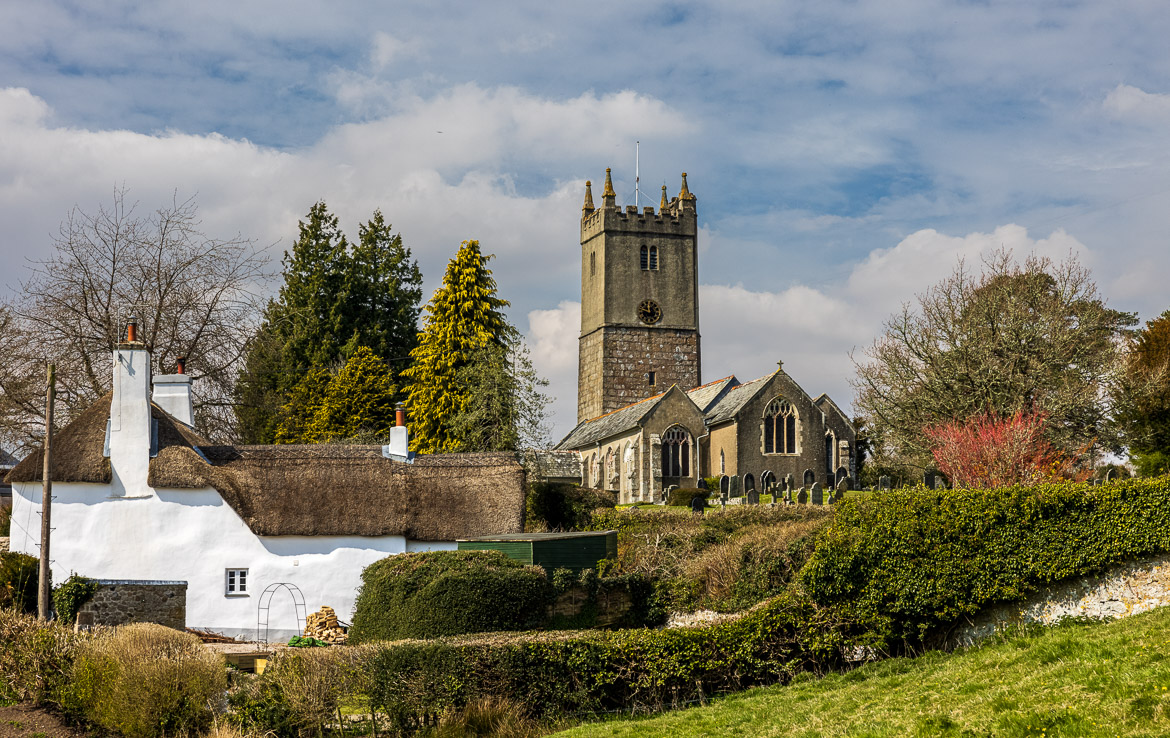
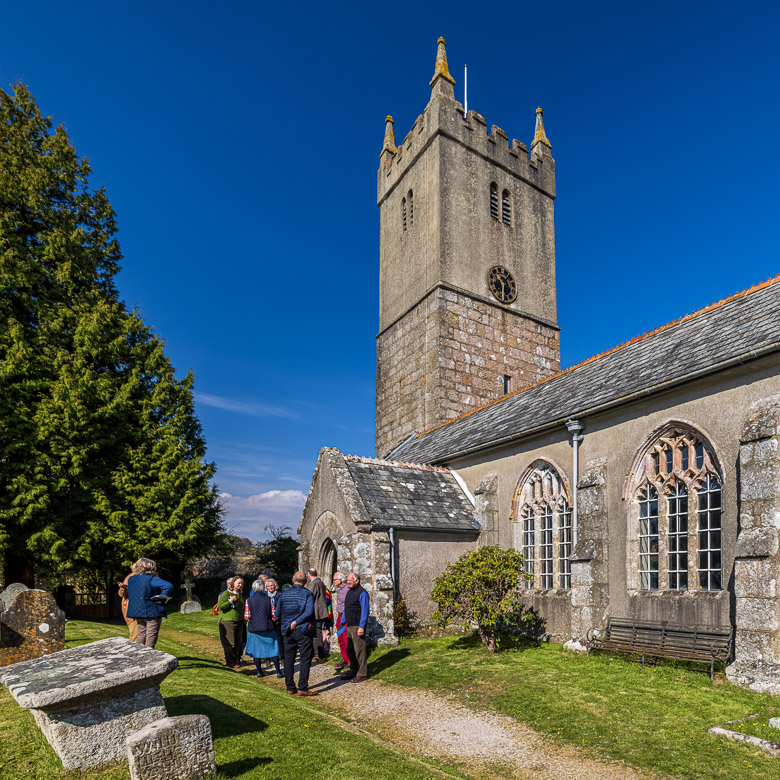
I arrived from my walk down along the river just as the Sunday Service ended. I didn’t even know that it was a service, as it was during the time of the Covid pandemic, but it gave me an opportunity to meet the parishioners and be introduced to them. They kindly welcomed me and guided me inside their church. Notice the lovely stones on the floor, the waggon roof and the 15th century rood screen dividing the nave and the chancel. The chancel dates from around 1200!
One of the parishioners showed me the bosses at the waggon roof and pointed out especially the three rabbits (or hares) with conjoined ears. it is seen as a symbol of the Trinity and also an emblem of 14th century tin miners. I have found it on several churches in Devon and read that it exists on 15 different churches in our county. The symbol is very old and is actually not solely Christian but exist also in Moslem and Buddhist countries and can be found in the Middle East as well as all through Europe. The original meaning is lost in time. The symbol is always carved (where I have seen it) in the same way with each rabbit sharing an ear with another rabbit.
The waggon roof in the chancel with the three hares roof boss encircled by me The three hares with conjoined ears
On the other, eastern side of the Village Green and set away a little from the green itself is the old pub, The Ring of Bells. It was originally built as a farmhouse in the late 15th century and then converted into a pub. Unfortunately a fire ravaged the structure of the main building a few years ago, but it was rebuilt in exactly the same style. Sitting there having my lunch I enjoyed the tranquility of the place. The first time, when my photo was taken, the pub was closed due to Covid, but when I came back I had an excellent Moules Marinière and a pint of draft bitter.
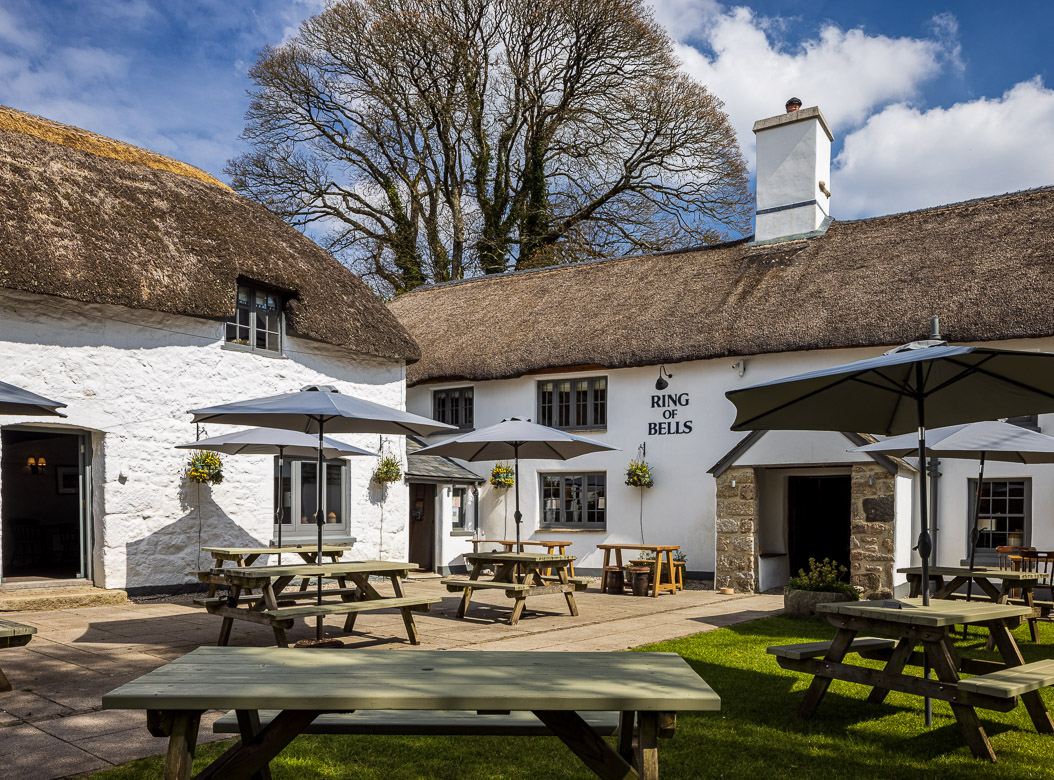
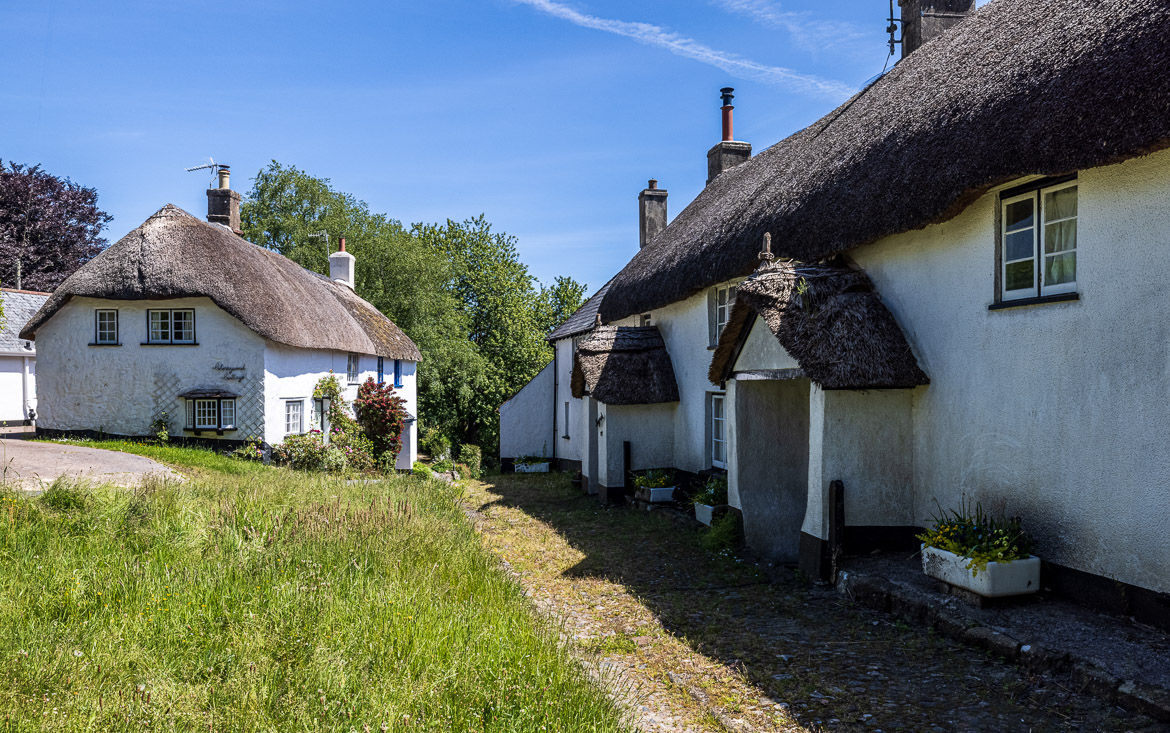
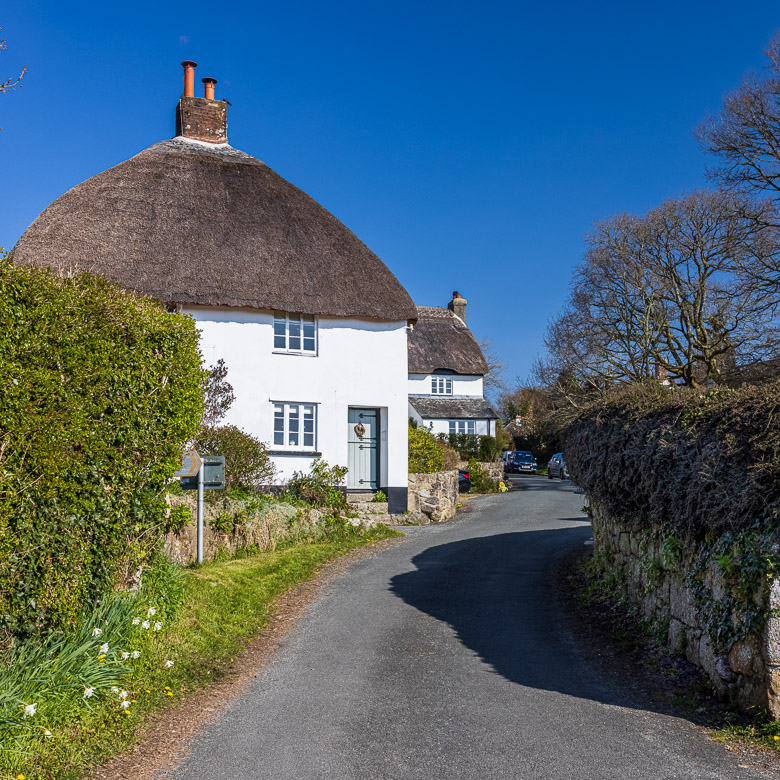
Walking down to the river on the little lane between the cottages at the upper image above you arrive at the River Bovey. Here you can cross the river on old stepping stones. The first image below was captured in April and the second, with the developed foliage, in June.
